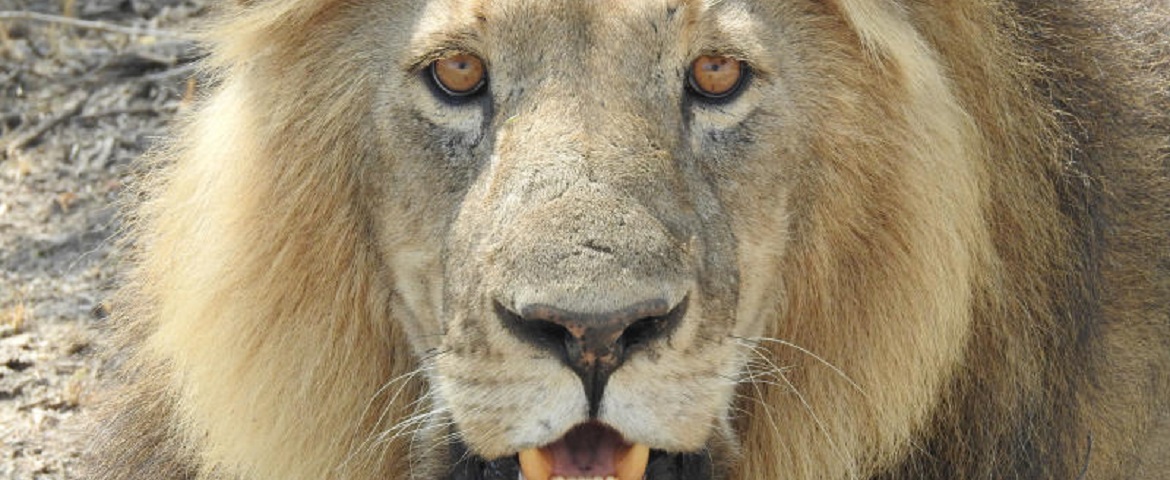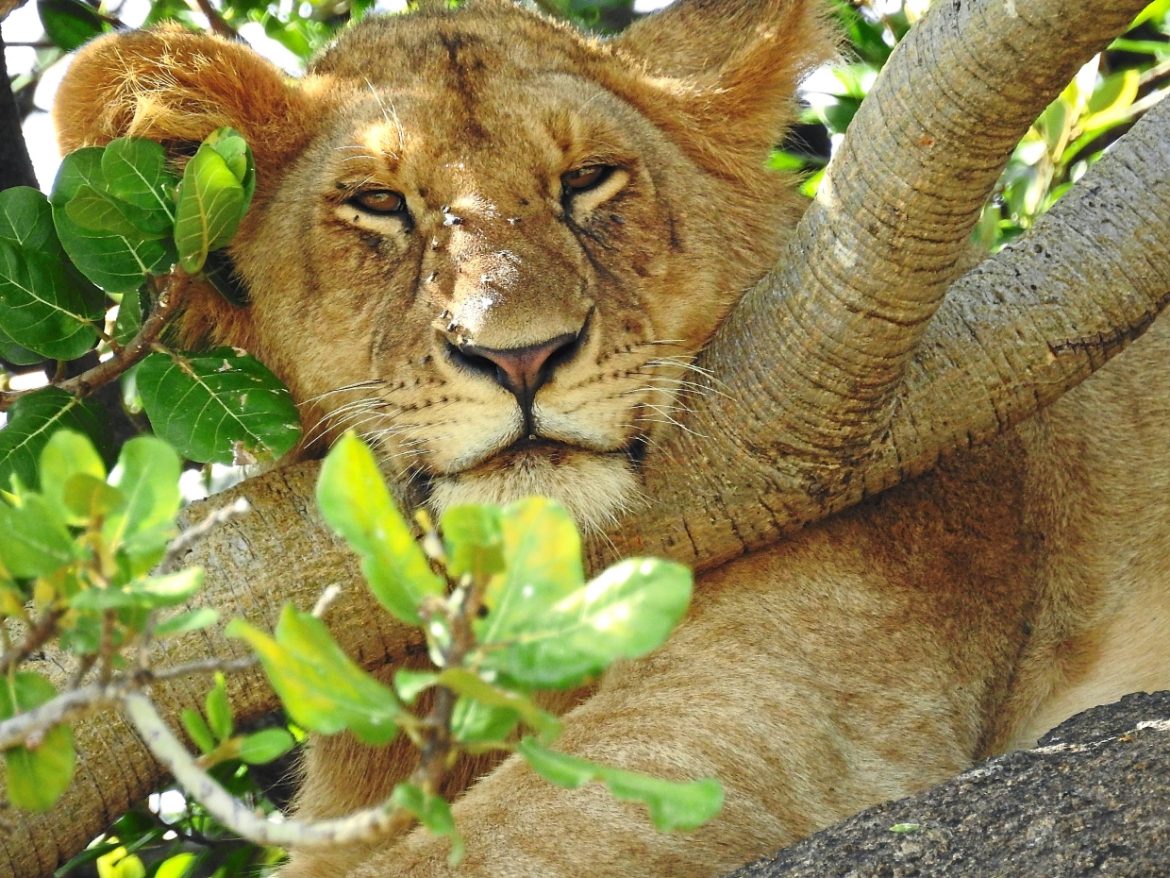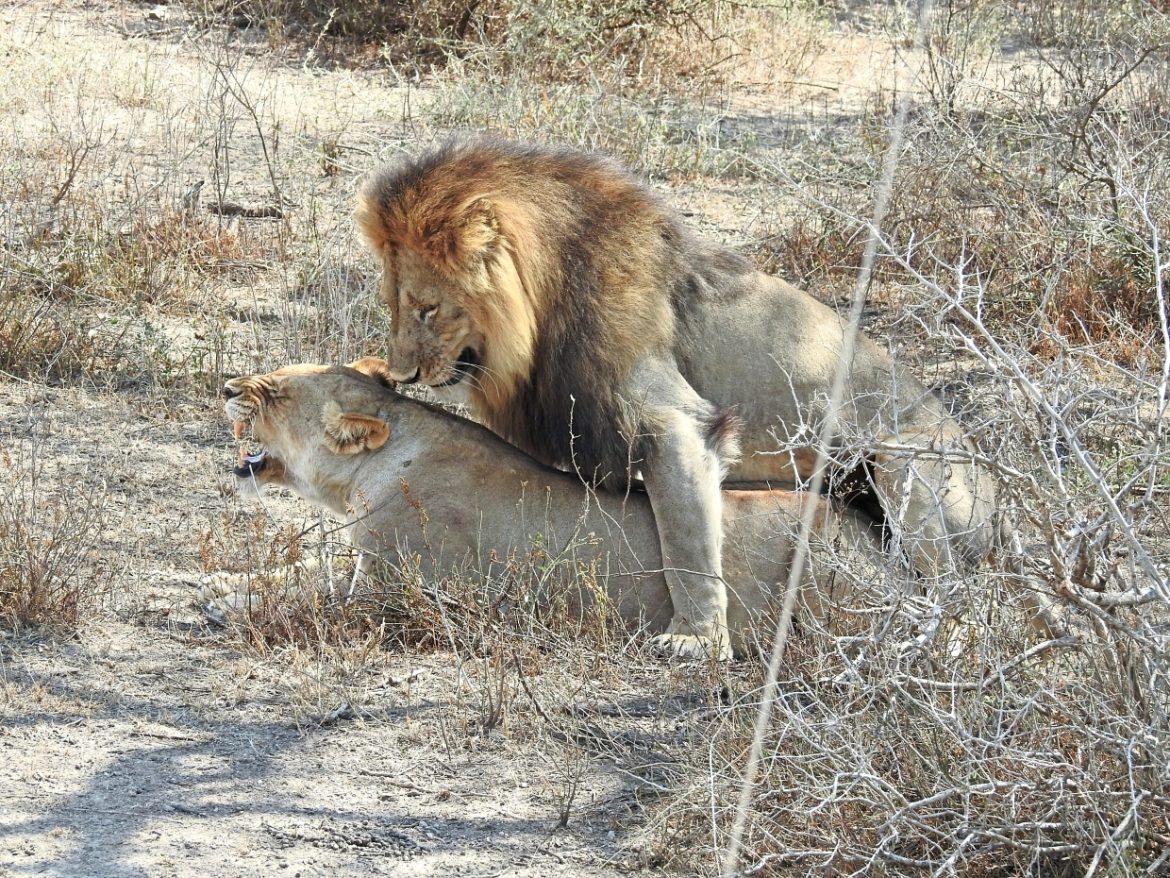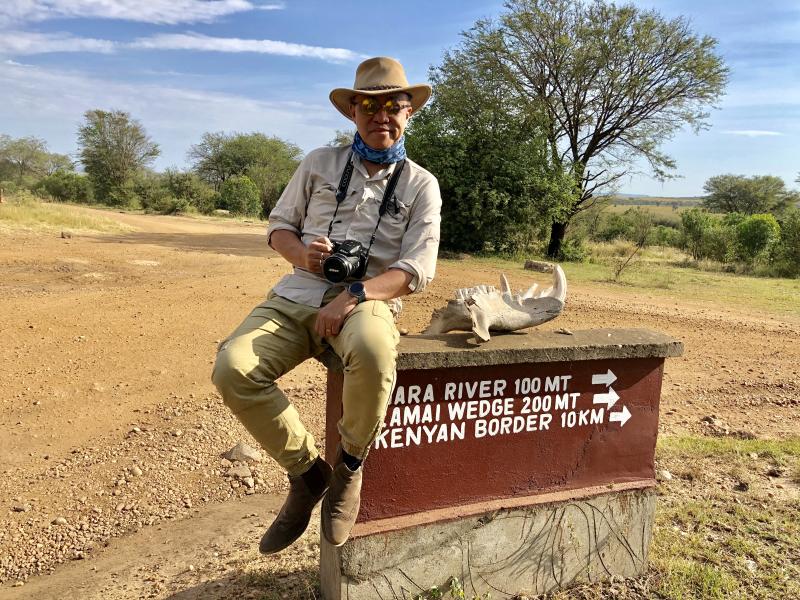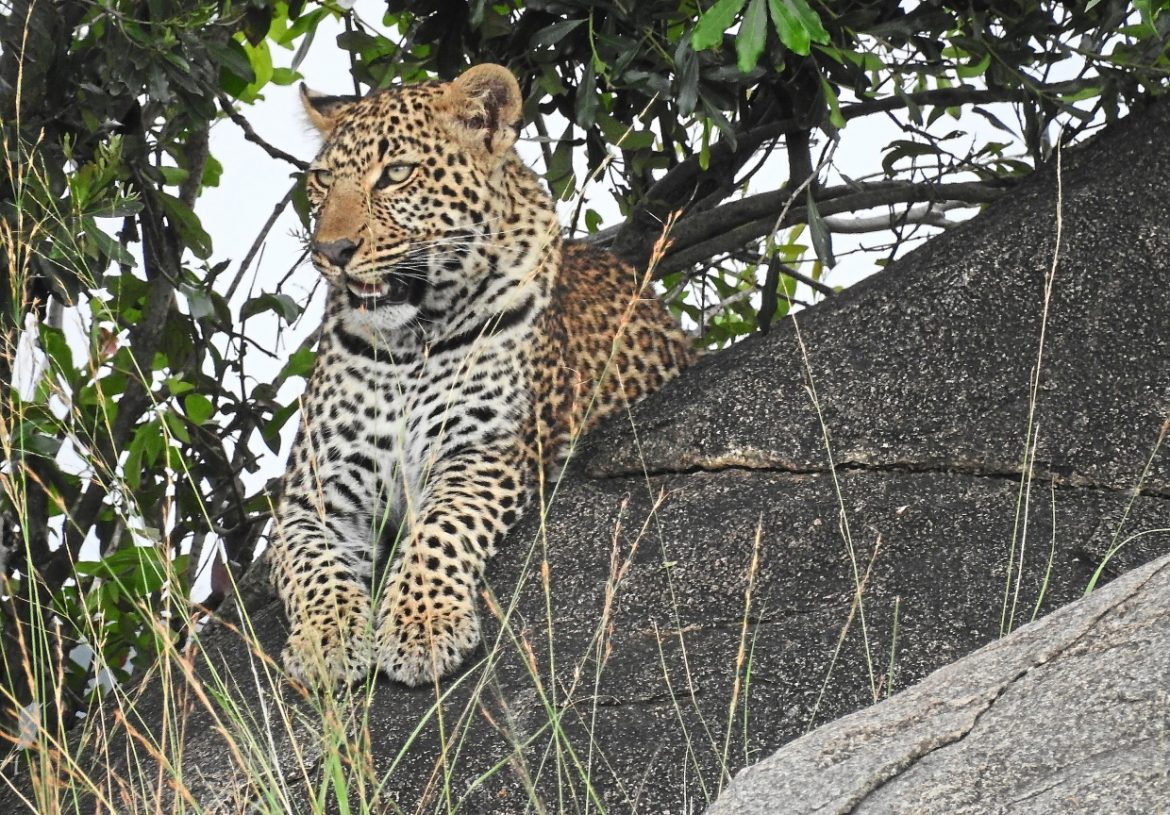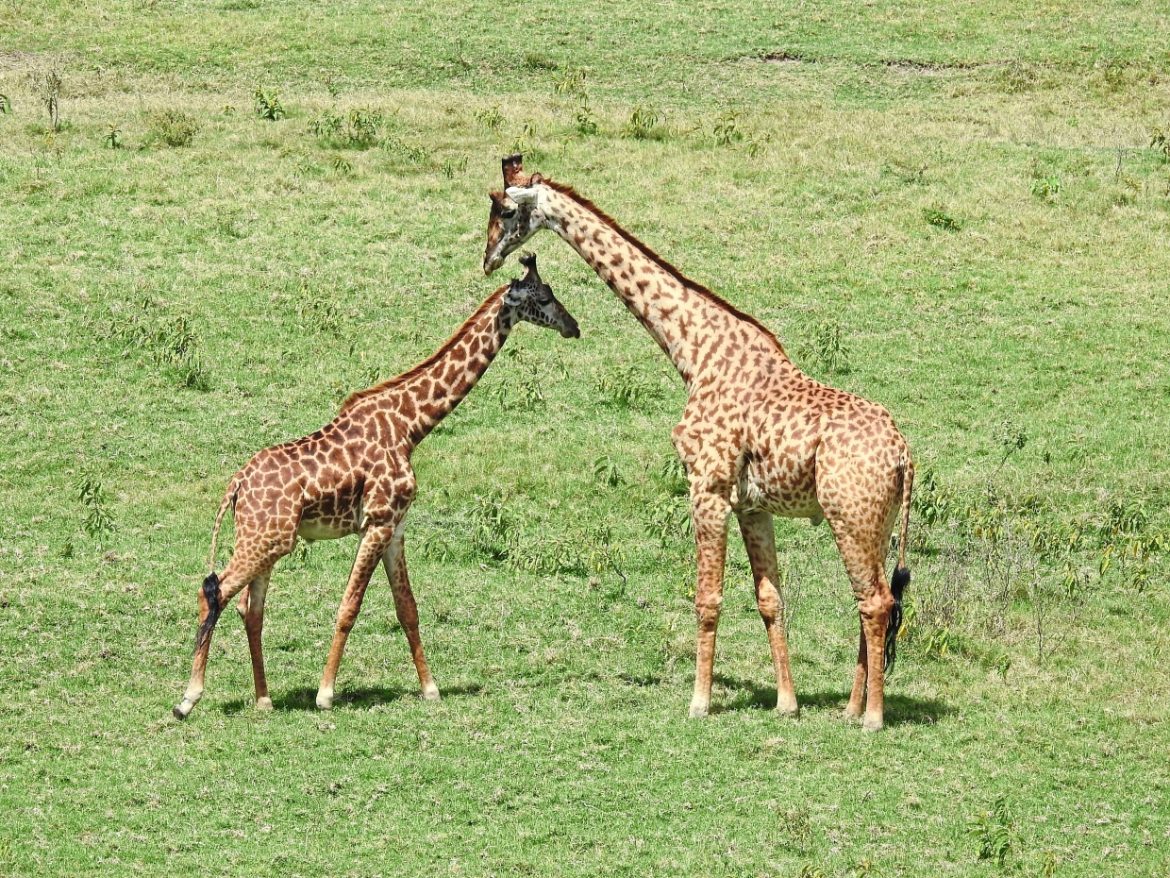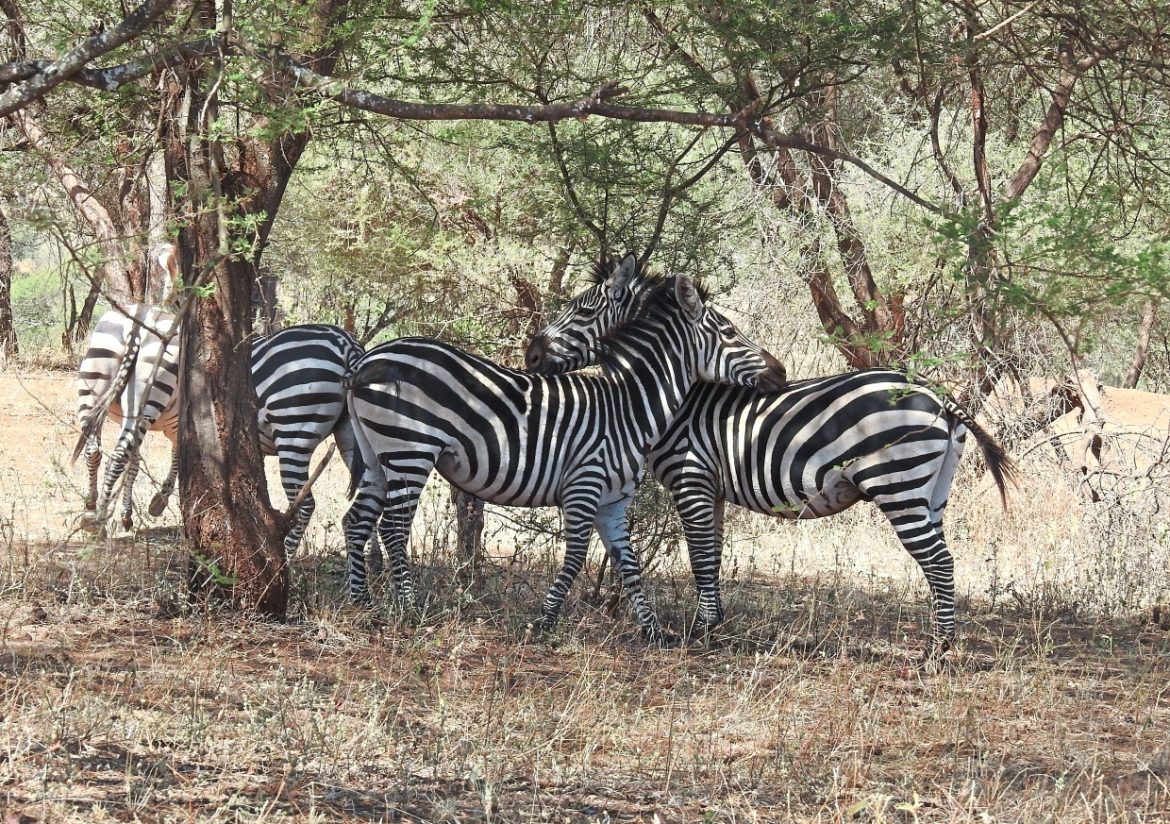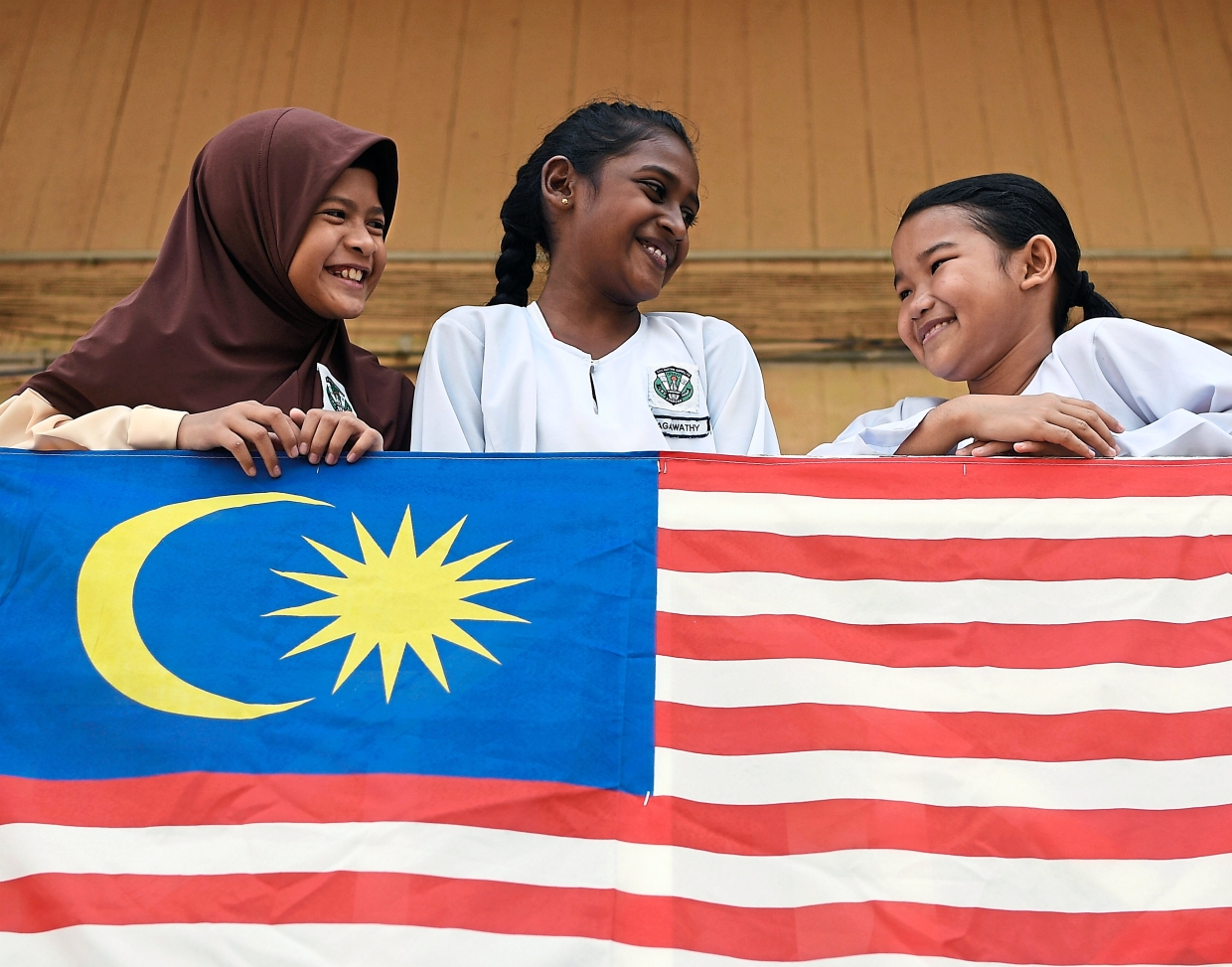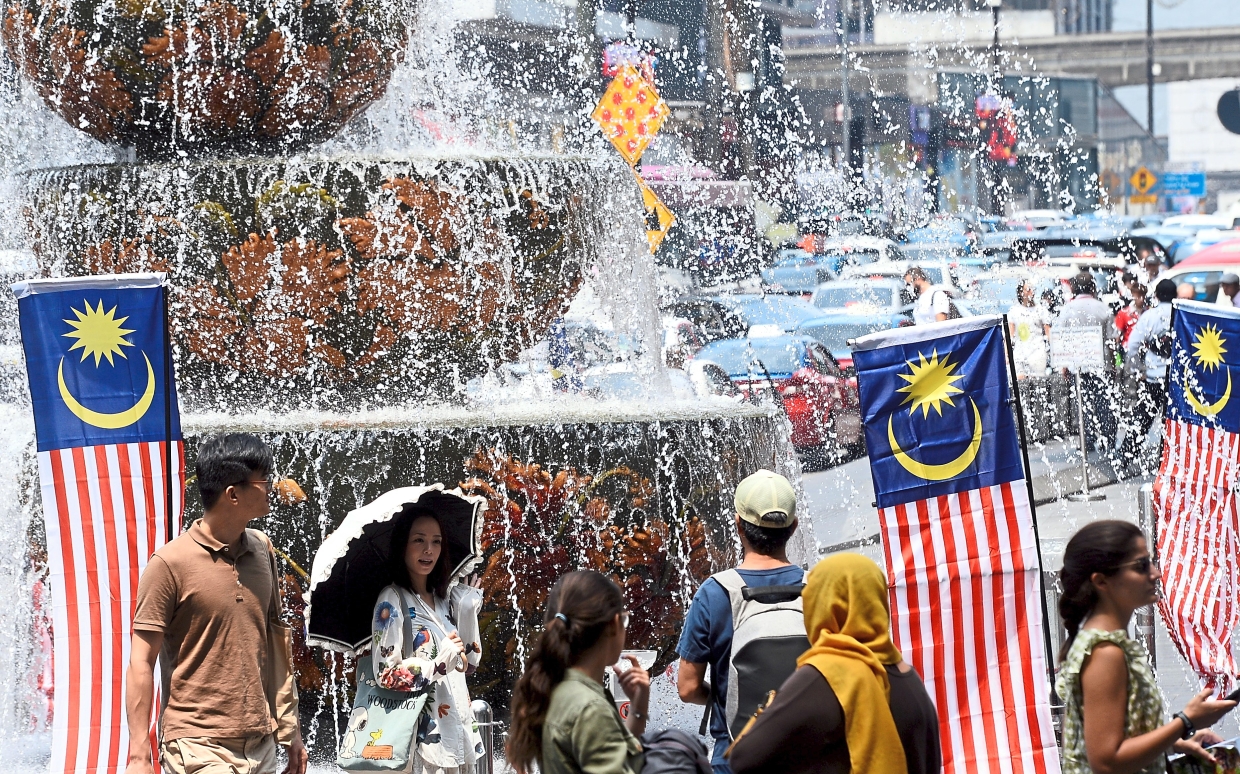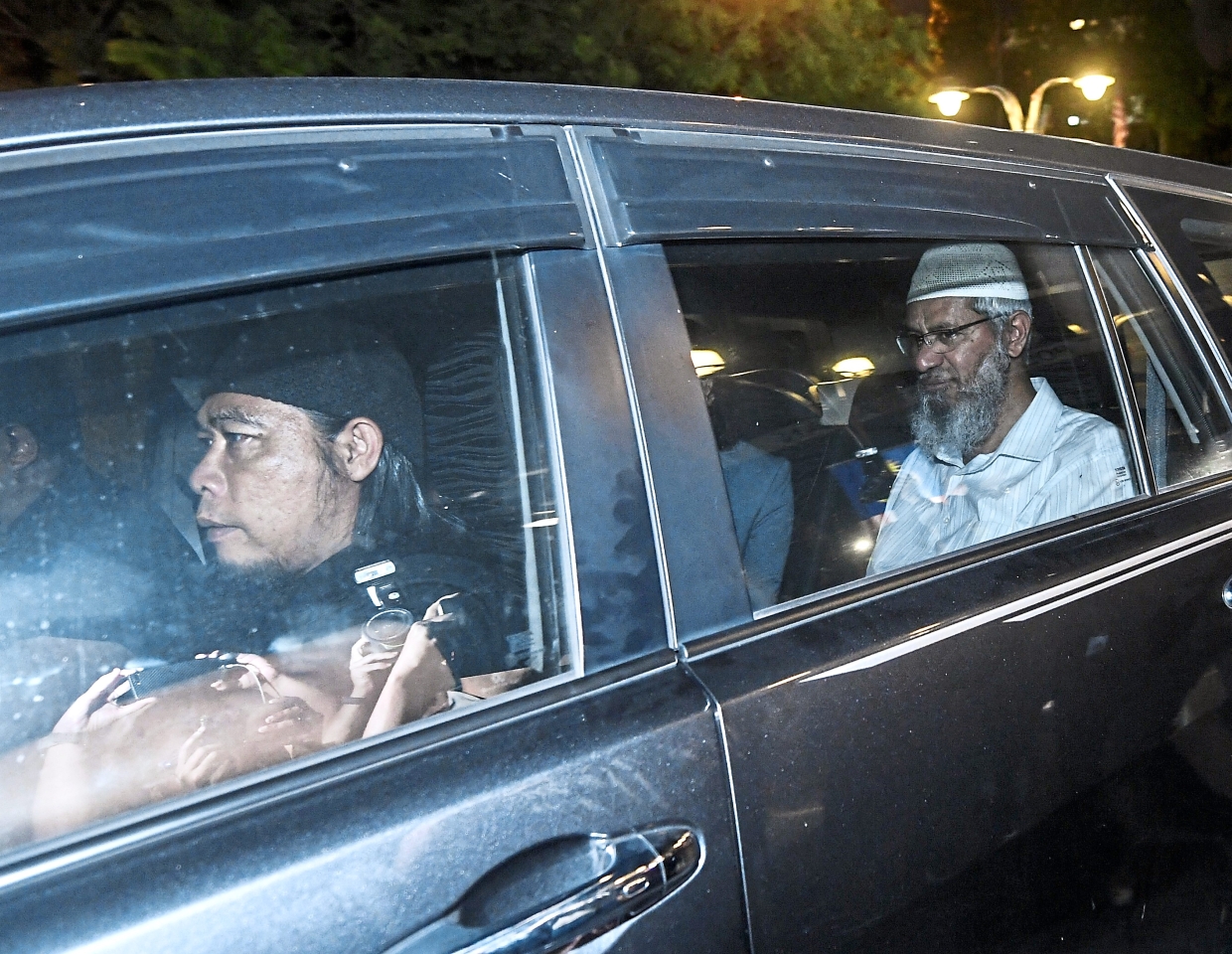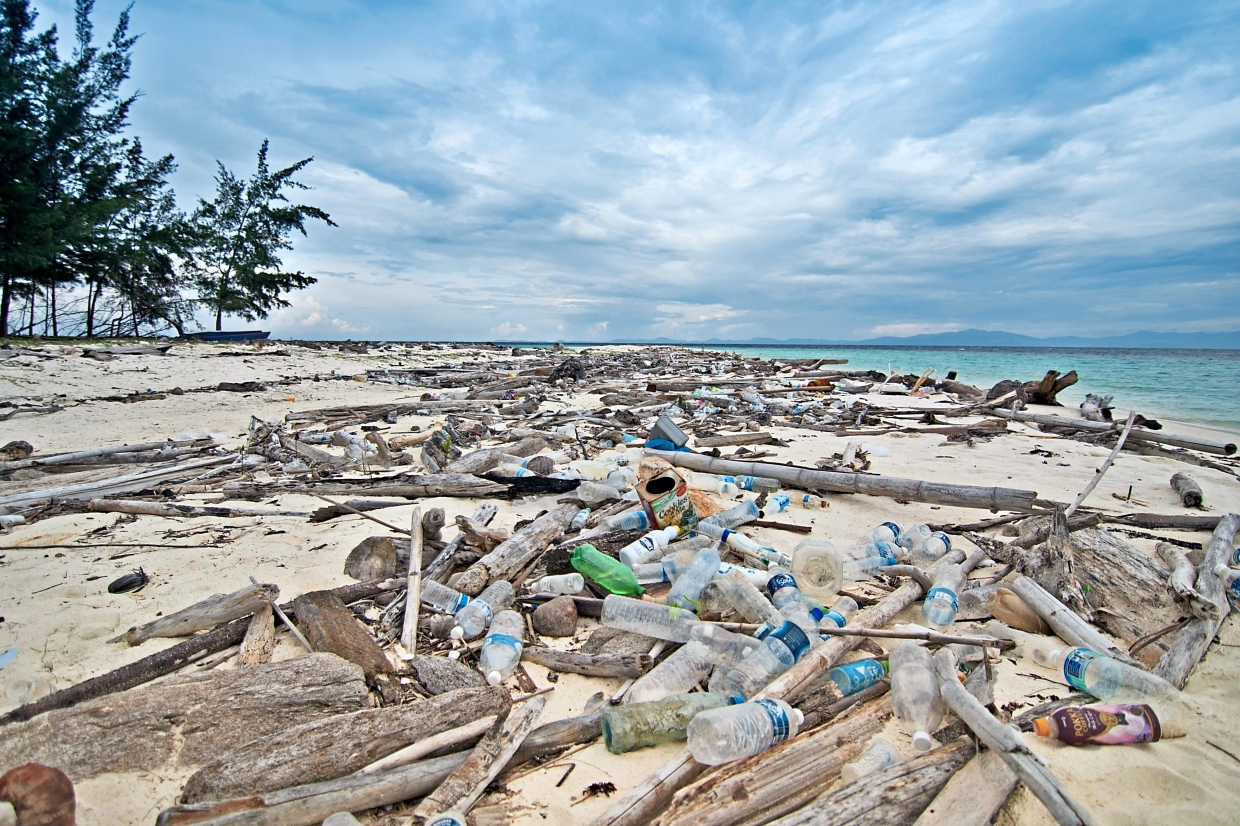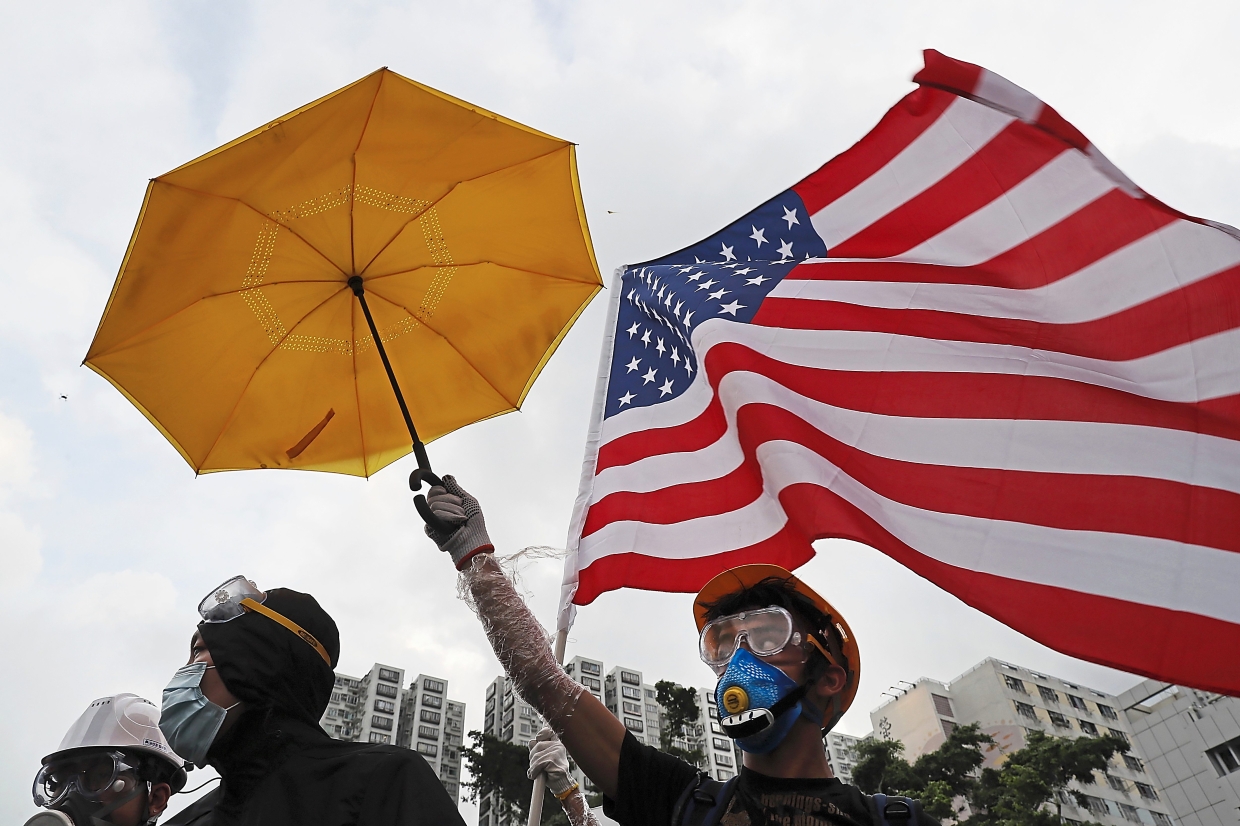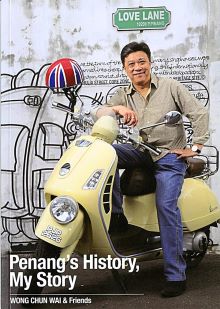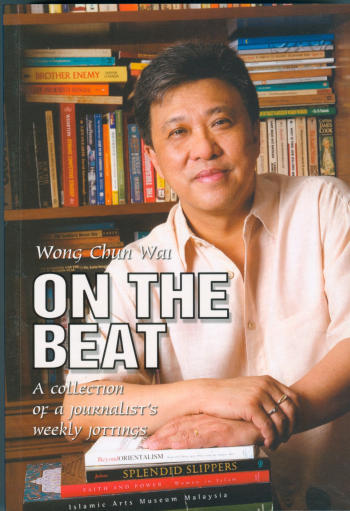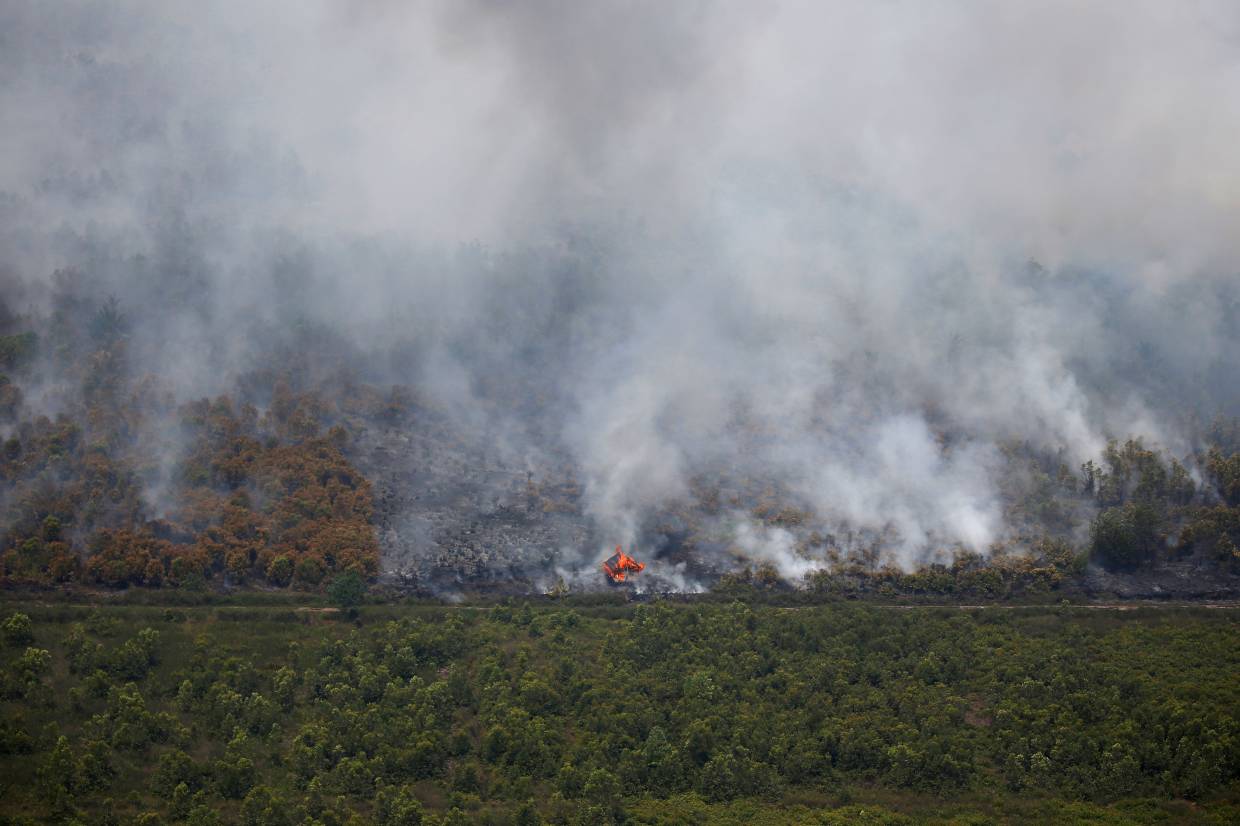
Forest fire in Palangka Raya, Central Kalimantan province, Indonesia on September 14, 2019. -Reuters
IT’S now decades into this rinse and repeat story, and miraculously, little has changed. The familiar sound bites of promised action are as hazy as the sickening weather this region continues to suffer from every year.
Honestly, it’s disgraceful that people in these parts have to put up with the smoke from the forest fires in Indonesia’s Kalimantan and Sumatra.
Since 1997, the slash-and-burn practices there have led to debilitating haze problems in Malaysia, Singapore, Brunei and the surrounding region.
Last week, Malaysia had to close more than 400 schools, as smoke and ash spread to more areas, stretching from Thailand to the Philippines, plunging air quality to unhealthy levels in their wake.
This annual transboundary problem has environmental, health and business implications. The difference now is that, incredibly, Indonesia has the audacity to blame Malaysia for the smoggy hazard.
And this time, the situation is more worrying because reports indicate the number of blazes in Indonesia’s rainforests has jumped sharply, as satellite data showed last week.
As the fires rage on, spreading toxic fumes across South-East Asia, concerns are arising about the impact increasing worldwide wildfire outbreaks have on global warming.
This has happened at a time when huge blazes are also singeing their way through the Amazon in South America because of the same reason – clearing jungle land for agriculture.
Slash-and-burn is the cheapest and fastest way to prepare land for cultivation, but it produces haze which is harmful to humans and wildlife.
Energy, Science, Technology, Environment and Climate Change Minister Yeo Bee Yin has rightly said that her Indonesian counterpart, Siti Nurbaya Bakar, is “in denial” after Jakarta insisted fires in Malaysia had caused the smog there.
“Let the data speak for itself,” Yeo said in a Facebook post, sharing figures from the Asean centre which showed only a handful of hotspots in Malaysia compared to the hundreds in Indonesia.
The number of “hotspots” – areas of intense heat susceptible to fire that’s detected by satellite – jumped sharply in Indonesia on Wednesday, according to the Singapore-based Asean Specialised Meteorological Centre.
Reports reveal that there were 1,619 hotspots detected on the Indonesian part of Borneo and in Sumatra, up from 861 a day earlier, according to a tally from the centre which monitors forest fires and smog outbreaks.
In 2002, Asean members devised and settled on a transboundary haze agreement – which Indonesia is part of – in response to the catastrophes of 1997 and 1998.
At that time, fires burned some 45,000sq km of forests in Kalimantan and Sumatra, and like today, the wind reportedly swept the acrid smoke across the region, polluting the air in Brunei, Malaysia, Singapore and Thailand in the process.
What was even worse was the timing of the haze crisis, with it happening during the devastating Asian Financial Crisis. Many of us can recall how the gloomy skies mirrored the sombre mood of Malaysians, with barely any optimism in sight.
It took 11 years after the treaty came into effect for Indonesia to ratify the agreement in 2014, but has our neighbour effectively enforced or enacted regulations at the national and local levels?
The problem with agreements, laws and rules is that they mean nothing if there is no proper enforcement. The voluminous agreement merely ended up a useless stack of papers which no one has paid serious attention to.
If this pact was properly executed, we wouldn’t be here choking our lungs away, and wearing those fiddly face masks which are more Hong Kong protester gear than ours.
I am not an expert on Indonesian law, and I could be wrong, but I have been told that none of Indonesia’s national laws make special reference to haze or pollution resulting from slash-and-burn activities.
In fact, Indonesia doesn’t categorise the spread of haze from forest burning as a disaster, say the media outlets there.
A news report said that for Indonesia, haze is merely the result of forest burning, especially when it’s manmade. Not categorising haze as a disaster prevents the country’s national and local disaster agencies from either responding accordingly or effectively.
Astonishing as it may sound, Asean has set a goal for a haze-free region by 2020 – that’s next year – as part of the agreement. No one can be blamed for thinking this a lofty goal. Truth be told, it’s even laughable.
Rightly or wrongly, the perception is that Indonesia has not been serious in its efforts to curb the problem. Many feel the country has maintained a “noncompliant” stance, and with the burning continuing every year, Indonesia has no one to blame but itself. It shouldn’t get overly sensitive because it deserves a dressing down.
“Local administrations throughout Indonesia should be informed about the policy. Only this way can we ensure that policies are synchronised and implemented effectively at national and local level,” reads academic portal The Conversation.
The writer, Dio Herdiawan Tobing, a research associate at the Asean Studies Centre at Universitas Gadjah Mada, detailed his trip with his research team to Palangka Raya, Central Kalimantan, one of Indonesia’s hotspots for land and forest fires.
“We wanted to know how local administrations view an agreement between ASEAN countries on haze pollution that Indonesia ratified two years ago.
“We were surprised to hear that the acting head of Central Kalimantan Environmental Agency, Humala Pontas, admitted he didn’t know much about the agreement. He asked: ‘What is contained in the agreement? Which part of the haze does it regulate? Are there any provisions that contain economic or other means?’”
He wrote about how the Environment and Forestry Ministry – the government body responsible for tackling threats to the environment – barely seems interested in enforcing the Asean haze agreement. It’s more focused on “project- based” action, such as distributing firefighting pump machines to the community.
“It was the Ministry of Foreign Affairs, in charge of international agreements, that actively supported Indonesia’s ratification of the haze treaty.
“As a consequence of the discord between the two ministries, two years into Indonesia’s ratification of the agreement, and local administrations are still not aware of it.”
But this isn’t the time for finger -pointing, and if Indonesia feels that it can put out the fires with its thousands of soldiers, then we must just place our faith in them. It’s very unlikely they will accept assistance from other Asean countries, including Malaysia.
The Indonesian government may also wish to consider an incentive programme to help discourage the slash-and-burn practise because penalties alone may be insufficient in nipping this once and for all.
More importantly, it’s not good enough putting out the fires. Asean wants a sustainable solution to this. We don’t want to go through this time and again. We’ve just had enough!


